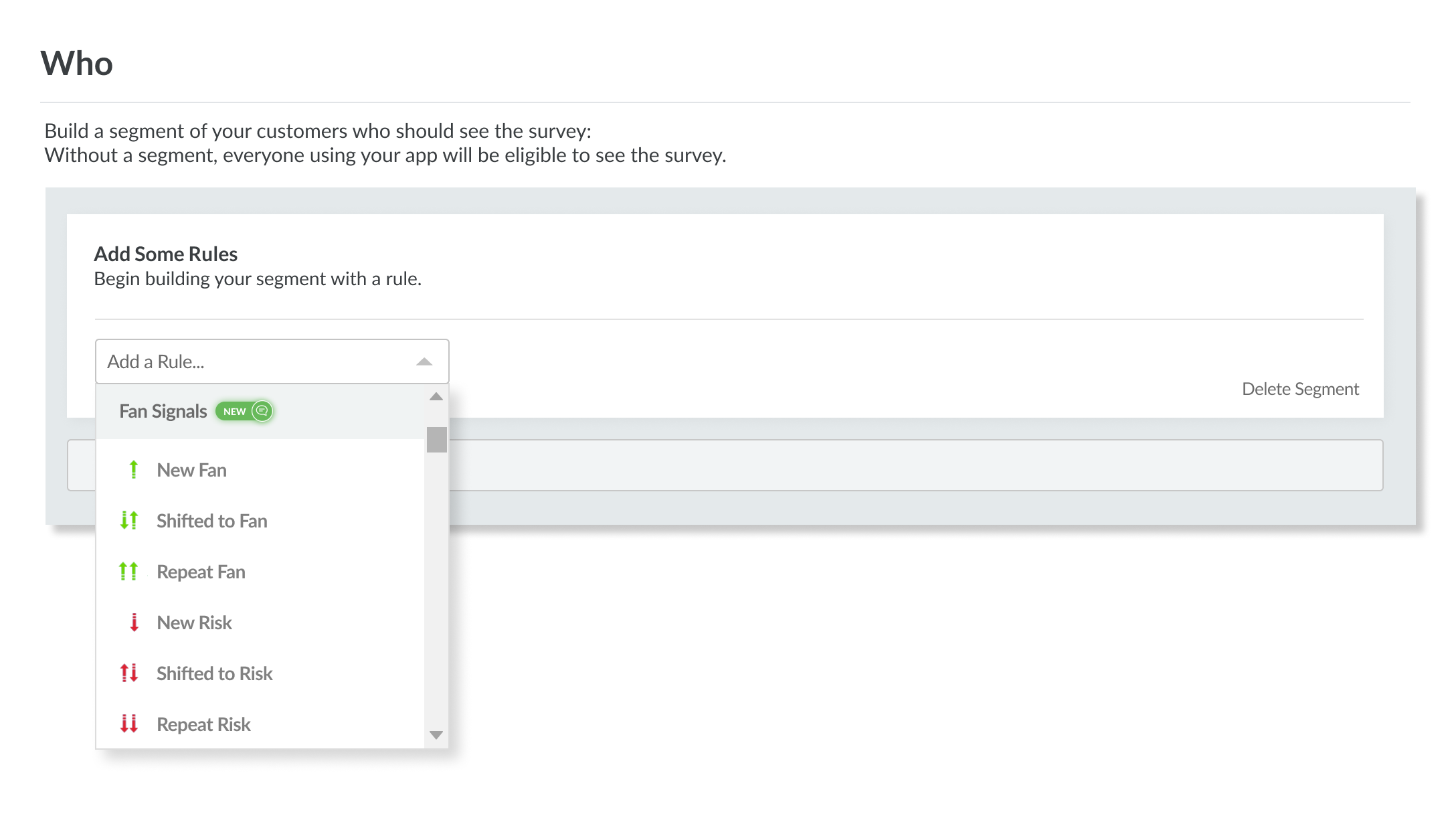When brands listen to and act on the voice of the customer (often referred to as simply “VoC”), it can completely revolutionize the way their business operates. When you listen to your customers, you can make more informed product decisions, create a better mobile app experience, develop successful marketing campaigns, launch loyalty programs that actually retain customers, and much more.
Definition of the Voice of the Customer (VoC)
To put it simply, the voice of the customer (VoC) is everything your customers think and feel about your customer experience. It’s become a standard business term used to describe the process of collecting data about customer expectations, preferences, and dislikes. Once companies collect that VoC data, they can use those insights to inform their mobile strategy, loyalty programs, marketing campaigns, product roadmap, and more.
The voice of the customer includes answers to questions like:
- What do your customers like?
- What do your customers not like?
- What do your customers want?
- How do your customers feel about the customer experience?
- Why do unhappy customers feel the way they do?
- How do specific cohorts of customers feel in comparison to each other? (i.e. loyalty program members versus non-loyalty members)
- Why do certain customers churn?
Why VoC is Valuable
A deep understanding of the voice of the customer equips companies to increase revenue by preventing churn, increasing loyal customers, and creating better customer experiences.
Prevent Churn
When you start listening to your customers, you can better identify at-risk customers before they churn. Keeping a pulse on the voice of the customer allows you to better predict behaviors before they happen, and therefore intervene before it’s too late. If you have a tool like Fan Signals in place to track changes in sentiment, you can see which happy customers have suddenly become unhappy or what unhappy customers continue to feel that way. This allows you to then target those cohorts and take the appropriate action to win them back before they’re gone forever.
Increase Loyalty
We all know loyal customers are incredibly valuable. They can help with customer acquisition by sharing positive reviews and recruiting more people into your mobile experience. But do you know why certain customers are more loyal than others? Do you know why some people join your loyalty program and some don’t? If you can answer these questions, that’s great – you have the data to inform product decisions and marketing strategies. But if you can’t answer these questions, you need to start collecting VoC data today.
Inform Product Decisions
In-app mobile feedback helps product managers and product leaders understand what areas of the experience are broken or need work. When you collect this data in real-time, you’re able to catch errors or bugs before they become a larger problem. It also helps you understand what areas of your product roadmap to prioritize.
How to Create a Better VoC Program
Many brands use traditional methods like NPS and CSAT to understand the voice of the customer. But the hard truth is that brands who cling to these traditional VoC initiatives without expanding have become stuck. And those who embrace and act on the change have pulled ahead—quickly widening the gap. When it comes to gauging customer attitude, NPS is fine. But NPS is useless in understanding actual customer behavior. These traditional scales only tell a small, one-dimensional part of the story.
The most recent change in enterprise VoC is the addition of “emotion data” to help brands go beyond traditional customer sentiment channels. These traditional metrics tell you the “what.” Emotion data tells you the “why.”
Creating a better VoC program all comes down to capturing emotion and analyzing sentiment.
By learning which customers are fans and which customers are at risk of churn, you can:
- Enrich behavioral churn prediction models with shifts in sentiment
- Benchmark “Love” as an emotional signal with NPS and CSAT
- Prioritize and validate your product roadmaps and experiential investments
- Utilize emotion for customization and personalization
- Drive adoption and revenue growth from “repeat fans”
- Act on the specifics of when and why your customers are at risk
We also encourage anyone reading this article to think about VoC programs in the context of the last year. At the beginning of the COVID-19 pandemic, we published a lot of material around listening to your customers and finding effective ways to capture, analyze, and act on the voice of the customer (VOC) – similar to what we outlined above. Since then, we’ve seen many top brands fully embrace this strategy to help guide their coronavirus responses, pivot their product roadmap, and impact their customer communication.
But now, it seems like all areas of the world are in different stages, so what worked at the beginning of this thing might not be as effective anymore.
Here are some questions you need to incorporate into your VoC program:
- If you asked your customers what they needed back at the beginning of the pandemic, have you followed up with them and asked them if their needs have changed?
- How has the last year impacted brand sentiment?
- Are you collecting feedback from enough people or just a small handful of the most engaged?
- Are you tracking shifts in sentiment over time? Do you have benchmarks from before and during the pandemic so you can track changes more efficiently?
- Have you identified which customers have become more or less engaged during this time?
- Are your customers happy with the new features or services you released in response to COVID-19? If so, do they want these changes to stay after we go back to “normal?”
We know change can be scary. According to Gartner, “Technology buying is typically an act of change.” But changes to your VoC strategy don’t need to be intimidating or difficult with the right tools in place, and we’re here to help.





